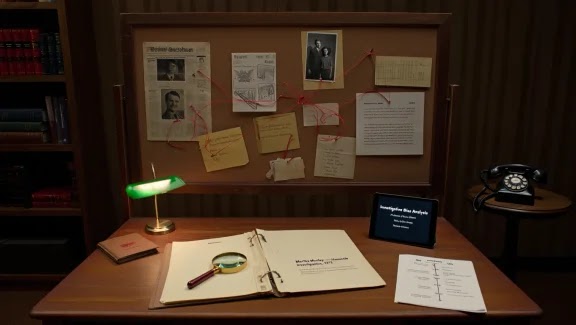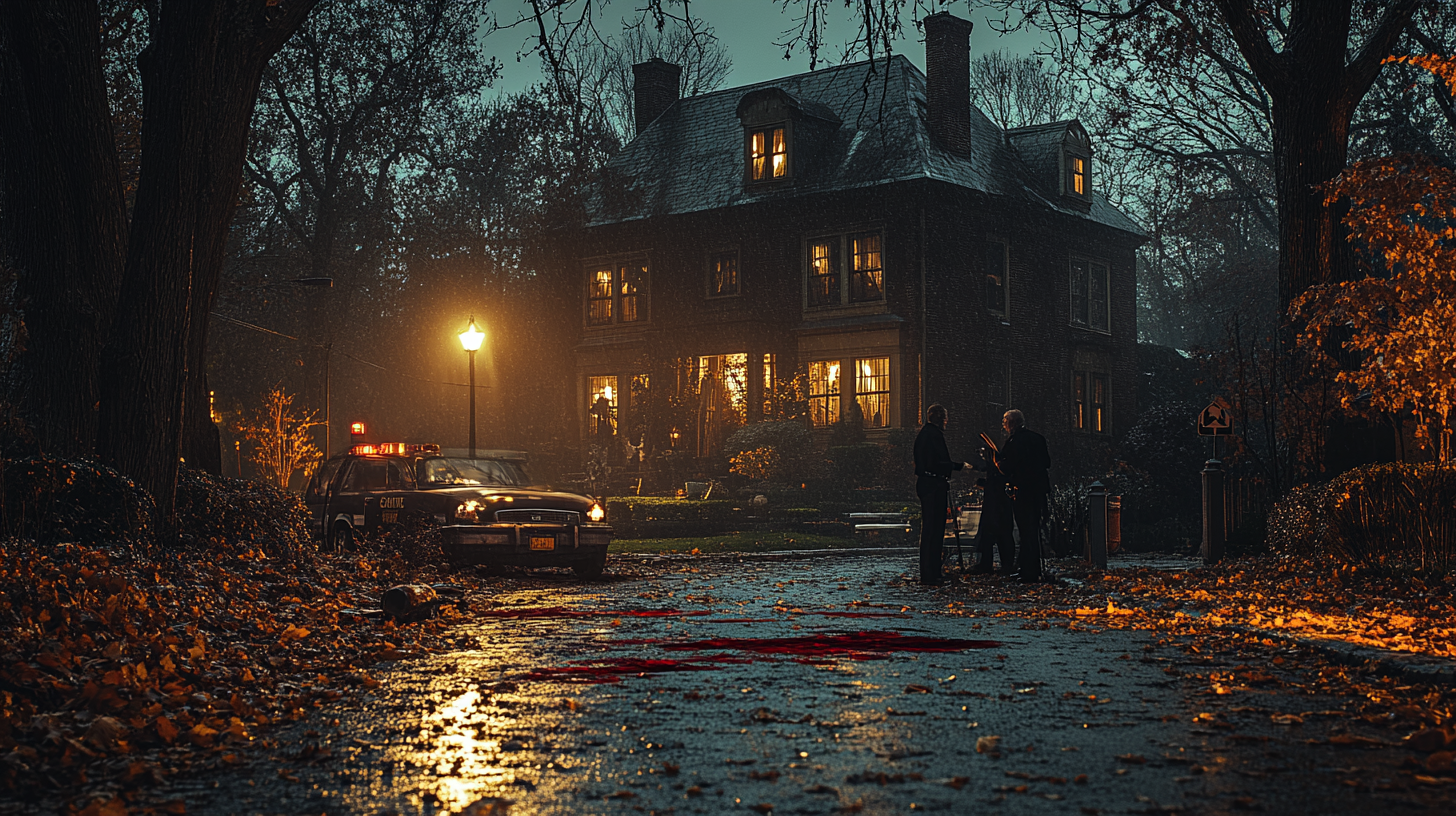Cold Case Clarity: The Impact of Documentary Visualization Techniques in Historical Crime Analysis
Dusty file boxes, yellowing photographs, and disorganized witness statements – the traditional cold case investigation process leaves detectives drowning in fragmented information while critical connections remain frustratingly out of reach. For investigators facing decades-old unsolved crimes, the overwhelming volume of unstructured data creates a cognitive burden that frequently leads to analytical paralysis and, ultimately, justice delayed. You’ve likely experienced this frustration if you’ve ever worked with historical case materials – the crucial insight that might crack the case exists somewhere within thousands of documents, but traditional review methods make finding that needle in the haystack nearly impossible. This informational chaos represents more than an organizational challenge; it constitutes a fundamental barrier to justice for victims whose cases have gone cold. The transformative solution emerging across progressive law enforcement agencies involves reimagining how case information is processed, connected, and visualized. Specialized teams using CRFT-video production methodologies to create immersive documentary visualizations are discovering that these techniques don’t merely organize information – they fundamentally transform how investigators perceive patterns and connections across complex historical cases, revealing what traditional methods have consistently obscured.




